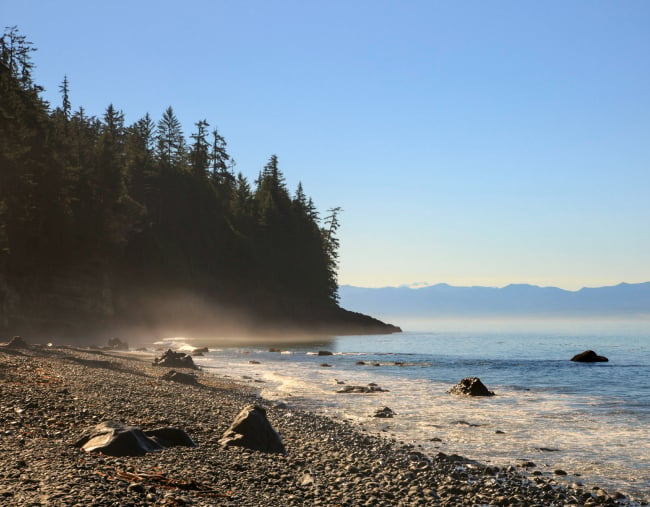
It began in August 2007 with a single right sneaker. Black and white, Adidas, size 12.
It was a 12-year-old American girl who found it strewn on the shoreline of Canada’s rocky Jedadiah Island. A sock was still fitted within, held in place by the remains of a human foot.
Then, six days later on nearby Gabriola Island, a second gruesome discovery. Another right foot, another size 12, but this time clad in a Reebok.
“Two being found in such a short period of time is quite suspicious,” Corporal Garry Cox of the Oceanside Royal Canadian Mounted Police reportedly told the Vancouver Sun at the time.
“Finding one foot is like a million-to-one odds, but to find two is crazy.”
In the decade since, a further 12 detached feet have been discovered on coastline in and around Canada’s Salish Sea, the intricate network of waterways in the south-western corner of the country. Each has been found still within a shoe, all but two of which have been sneakers.
The most recent discovery occurred on May 6 and, like the others, has now caught international media attention. This time it was a hiking boot, the foot still inside, found lodged among a pile of logs, again on the shores of Gabriola Island.
Canada’s Royal Mounted Police are investigating.
Why is this happening?
Since the beginning, Canadian authorities have been tracking the discoveries closely, cataloguing each in search of a pattern. Though as the years have passed, their investigations have revealed that there simply isn’t one.

Top Comments
This mystery calls for the deductive powers of a Sherlock Holmes. "Watson, the game is afoot!"
Wow!